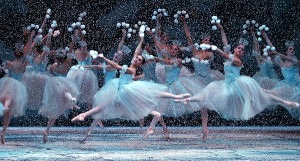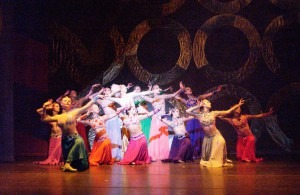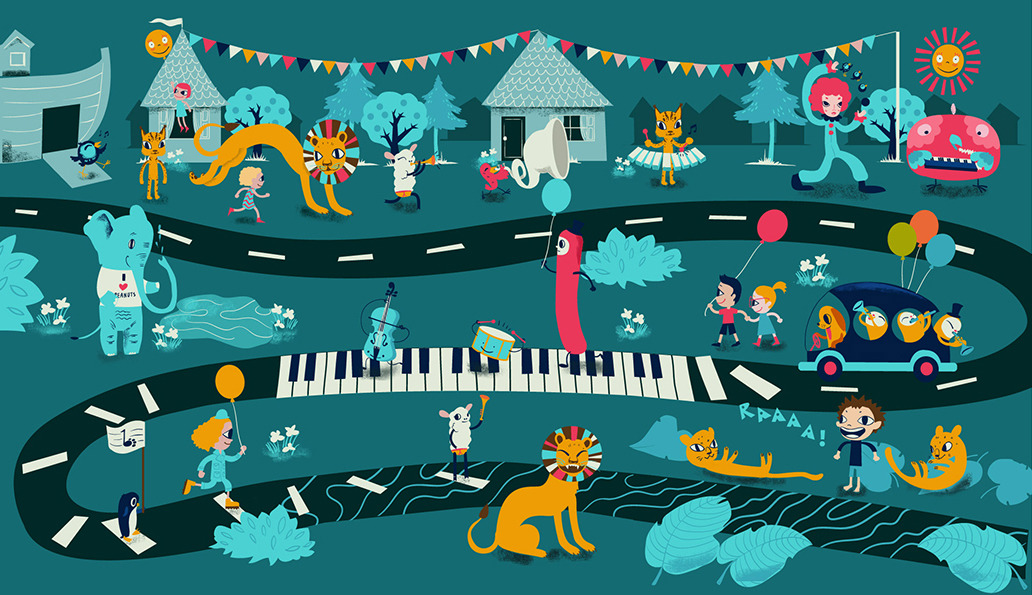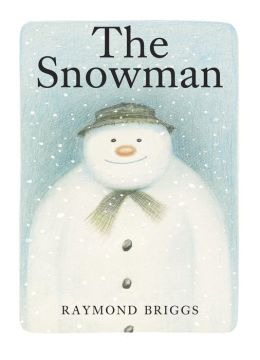
Nutcracker
Credit: http://www.nytimes.com/
One of the surprises that Tchaikovsky’s gave to the audience was the use of the mysterious new instrument, the celeste, as the instrument for the Dance of the Sugar-Plum Fairy. Its ethereal ringing sound was unique and held the audience’s attention. Precise, delicate, and almost crystalline in its sound, the celeste remains special.
Tchaikovsky: The Nutcracker, Act II Tableau 3: Variation 2: Dance of the Sugar-Plum Fairy (Philharmonia Orchestra; Michael Tilson Thomas, Conductor)
Sergei Prokofiev (1891-1953) was commissioned in 1936 by the Central Children’s Theatre in Moscow to write a piece that would help children cultivate their musical tastes and in just 4 days he created Peter and the Wolf. Peter has three animal friends, a bird (flute), a cat (clarinet) and a duck (oboe) and one massive enemy – the wolf (French horns). Other characters are the Hunters (woodwinds and trumpet) and his Grandfather (bassoon). Peter himself is played by the entire string section.
An interesting ballet of the work was made in 1995 by the Royal Ballet School.

Scheherazade
Credit: http://union-bulletin.com/
Mussorgsky: Pictures at an Exhibition: Promenade (New York Philharmonic; Thomas Schippers, cond.)
In a similar programmatic vein, Scheherazade by Nicolai Rimsky-Korsakov carries us away on a sea of stories. From its bombastic opening of The Sea and Sinbad’s Ship, we are immediately cast into another world.
Rimsky-Korsakov: Scheherazade: I. The Sea and Sinbad’s Ship (Philadelphia Orchestra; Eugene Ormandy, Conductor)
Composers can carry us away through their music, so we can visit imaginary lands where fairies play, or where children can be helped by their animal friends, or where we can walk around a gallery of images in our head, or voyage to the world of the imagination of folk tales. The music written for children is especially good at these voyages into the imagination. Where shall we dream next?






